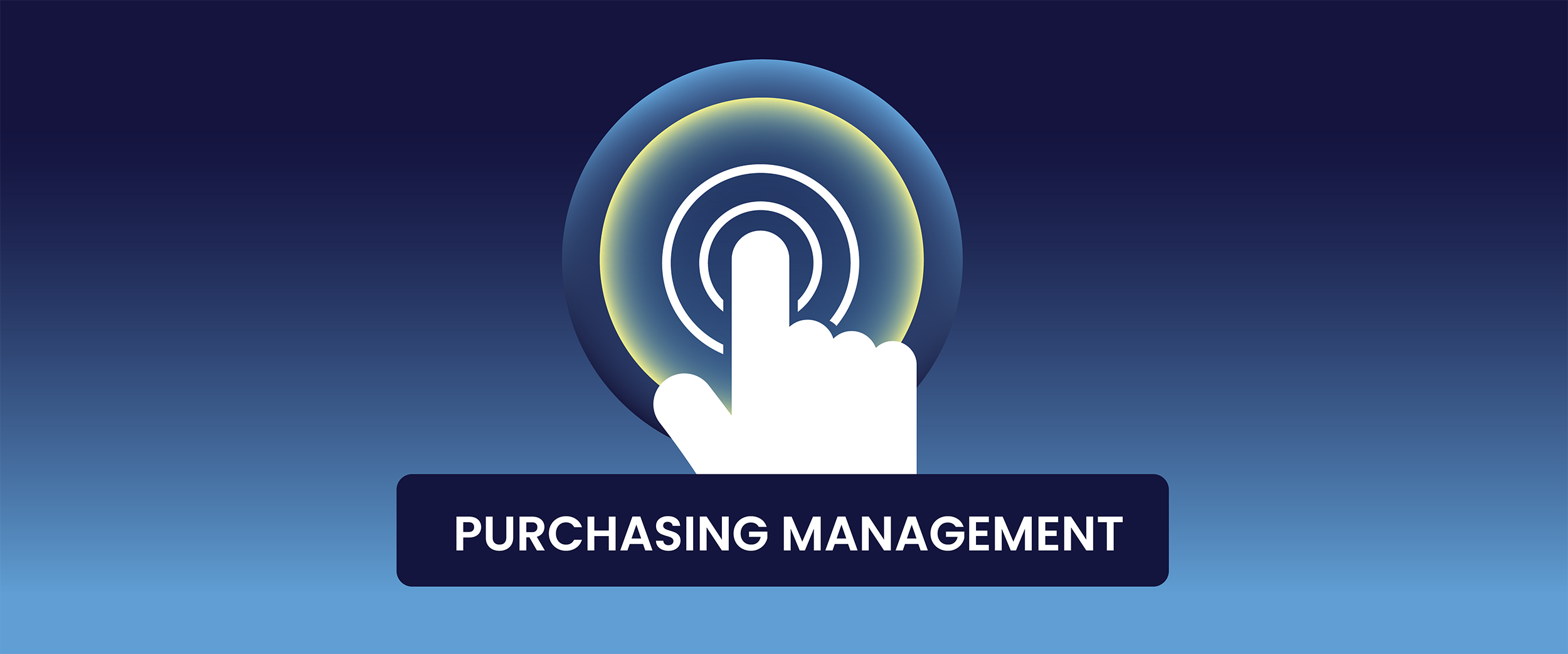What is Purchasing Management? A Critical Factor for Success
By Rackbeat March 19, 2024

If your business is to grow to its full potential, it is incredibly important that you do not treat your purchasing management like an orchid that you forget to put in a vase, water, and give light.
If you want to see your business flourish, you simply must think of purchasing management as more than something you take care of when you feel like it.
For when you run a business with the product at its core, you need to know what purchasing management is and not see it as a secondary area of work. It is actually a vital vein in the company’s supply chain that directly affects financial health and operational efficiency.
(It definitely matters whether you order 10 or 100 items home from the first and best supplier in the phone book at some random time.)
And you can actually save a lot of time, money, and disappointed customers by getting a firm handle on what purchasing management is – and especially how important it is that it is closely linked to your inventory management.
For having control over your inventory is key to making the right purchases that ensure you can both meet customer demand and keep your inventory values at a reasonable level.
In this article, we will take you a shovel deeper into what purchasing management is and how your business achieves greater success with efficient purchasing management that works together with your inventory management. At the end of the post, you even get a customized inventory sheet that can support your new focus on purchasing management.
But first: What is purchasing management really?
What is Purchasing Management: These Elements are Important for Your Purchasing Management
As mentioned, you should view your purchasing management as more than a monthly call to a supplier. It’s a bit more comprehensive than that, as it consists of:
- Updating your inventory: Without a correct snapshot of how many items you have in stock, your purchases will be made on the wrong basis.
- Collection of procurement and sales reports: In order to predict how many items need to be ordered to meet demand, it’s important to collect procurement and sales reports.
- Ordering of goods: Is it done via email, a B2B webshop, or do you call the supplier directly?
- Overview of order status: A clear and concise overview of all the purchase orders, costs, delivery dates, currencies, customers, etc.
- Supplier overview: An overview of your suppliers, supplier invoices, product catalogs, contact information, addresses, general delivery times, and prices.
- Registration of goods receipts: For your inventory to remain updated, it’s important that you streamline and systematize the registration of incoming goods.
All these points are of course important to delineate what your purchasing management is. However, especially those aspects that directly concern your inventory management, are crucial for whether your customers will receive their goods on time, and for you not to order too many items that you cannot sell
Let’s look a bit closer at this.

Efficient Inventory Management Is an Important Part of Your Purchasing Management
Without systematic and diligent maintenance of your inventory numbers, you will always be caught in the risk zone for making incorrect purchases. And your inventory numbers are anything but static. In fact, they change every time you:
- Make purchases
- Write down an item
- Register an order
- Complete a sale.
But if you dedicate yourself to keeping your inventory updated through thorough inventory management, you can create a very good basis for your purchasing management, so you both meet the demand and keep your inventory values down:
When You Have Control over the Inventory, You Will Have the Goods Ready for the Customers
If you neglect to update the figures for your inventory, you simply won’t be able to see the disaster before it hits you in full force. For while you in good faith accept sales orders left and right with the promise of quick delivery, your stock of the customers’ desired goods has become critically low.
In fact, you realize that the shelf is empty when you walk out to the warehouse.
This causes a lot of delays on the orders you have just given a delivery date and sent an invoice for.
But when you instead set aside ample time to keep your inventory figures up to date, you can thus prevent the accident. A good tip here is to find a minimum inventory level for each product in your assortment. When you then update your inventory sheets and discover that you are about to reach this minimum stock, you can immediately order new items home, so your shelves will not be lonely.
That is to say: When you have a steady eye on your inventory numbers, you will be able to support your purchasing management so that customers never have to wait long for their orders.
And then they come back another time.
When You Have Control over Your Inventory Reports, You Can Save Money on Your Inventory
If, on the other hand, you try to compensate for disappointed customers by running a more aggressive purchasing management, it can also end badly.
If you just step on the accelerator on the purchases, you will likely buy a bunch of products that you end up not being able to sell within the foreseeable future. This means that the items just stand and take up space and money in your inventory.
It is expensive in the long run.
To avoid this, and thus run a more efficient inventory and purchasing management, it is recommended, again, that you update your stock inventory so that it is completely up to date. But on top of that, you can with great advantage begin to gather reports on all your purchases and sales.
With them in hand, you have a much better overview of whether there might be seasonal declines in demand for certain items, to which you can then hold back the purchase of these.
Or you might discover that some suppliers deliver fewer, maybe even a bit more expensive, goods than others – but on the other hand much faster. Here you can then choose to order more frequently from them.
In this way, you do not overfill your inventory to meet the immediate demand with a bunch of items that you anyway won’t be able to sell. And that is good for your business. It is more expensive to be chained to heavy inventory values than to pay a slightly higher purchase price for goods that you, on the other hand, can sell.
So, report-based purchasing management helps you keep your inventory values at a healthy, low level.
And thereby you can save a lot of money when you combine effective inventory management with your purchasing management.
Tidy Up Your Inventory and Purchasing Management with Rackbeat’s Inventory Sheet
If you want a little help keeping better track of inventory numbers, so your purchasing management gets more accurate, download our customized inventory sheet by filling out the form below:




